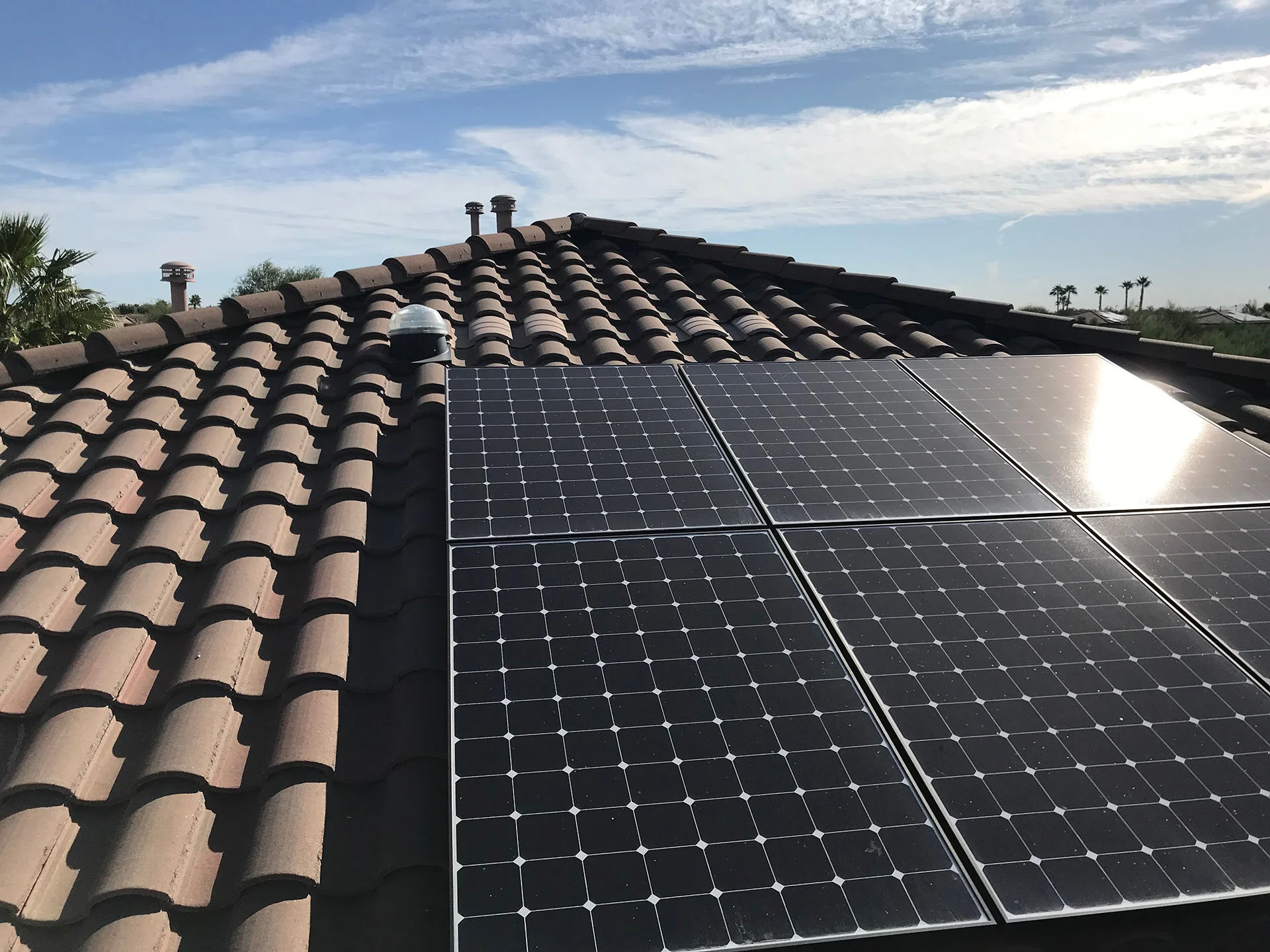
When a solar system stops producing power, the inverter is often the first place a technician will look — and for good reason. Your solar inverter works harder than any other component in the system. It converts DC power from your panels into usable AC power for your home, manages system voltage, communicates with monitoring apps, and ensures everything operates safely.
Because it works nonstop, it’s also the most common part of a solar system to fail or malfunction. If you’re noticing unusual performance from your solar panels, your inverter may be the reason.
Here are the most common warning signs of a failing solar inverter and what Texas homeowners should do next.
1. Your System Suddenly Shows Zero Production
If your monitoring app shows 0 kWh for an entire day — or multiple days — it often means the inverter has shut down or stopped converting power.
This is one of the earliest signs something is wrong. Your panels may still be generating energy, but without a functioning inverter, none of it reaches your home.
2. Warning Lights or Error Codes Appear
Most inverters use a light system to indicate performance:
- Green/blue: normal production
- Yellow: warning or partial fault
- Red: system fault or shutdown
If your inverter is showing yellow or red lights, it’s likely experiencing:
- Internal overheating
- Grid communication issues
- Wiring faults
- Grounding problems
- Internal hardware failure
Error codes should always be checked by a trained solar technician.
3. Your Monitoring App Stops Updating
If your monitoring stops refreshing, it may not mean your system is offline — but it can indicate inverter communication failure.
Common causes include:
- Inverter Wi-Fi loss
- Internal communication board issues
- Faulty data cable
- Power interruptions
- App or hardware incompatibility after updates
If your system appears “offline,” the inverter is usually involved.
4. You Hear Unusual Sounds From the Inverter
A healthy inverter should run quietly.
If you notice:
- Clicking
- Buzzing
- Humming
- Repetitive ticking
…it may be working harder than it should or failing internally.
Some noises indicate electrical issues that should be addressed immediately.
5. Significant Drop in Daily Power Production
If your inverter is partially failing, your system may still produce energy — just not nearly as much. Homeowners typically notice:
- Lower midday production
- Shorter production windows
- Decreased power on sunny days
- Output that fluctuates dramatically
This is especially common with older string inverters.
6. Frequent System Shutdowns or Resets
If your inverter repeatedly shuts down and tries to reboot, it’s a strong sign of:
- Overheating
- Loose wiring
- Inconsistent voltage
- Internal component failure
These shutdowns are safety features — but they also mean it’s time for diagnostics.
7. Your Inverter Is 8–12 Years Old
Inverters have a shorter lifespan than solar panels. Most last around 10 years before efficiency drops or internal components begin failing.
Even if there are no warning lights, an aging inverter may:
- Lose capacity
- Overheat faster
- Lose communication abilities
- Fail without warning
Upgrading early can prevent downtime.
8. You Recently Had Roofing Work or System Adjustments
Any time your system is moved, disconnected, or exposed to weather during a roof replacement, your inverter may need:
- Resetting
- Reprogramming
- Wiring verification
- Grounding checks
- Monitoring reset
If something wasn’t reconnected correctly, the inverter is often the first part to show issues.
9. Visible Physical Damage
Even though the inverter is usually shaded or mounted safely, it can still suffer from:
- Moisture exposure
- Heat damage
- Rodent damage
- Impact damage
- Weather intrusion
Any visible wear should be inspected right away.
10. You Notice Burning Smells or Heat Around the Inverter
This is a serious warning sign. Burning smells or excessive heat may mean:
- Internal component failure
- Overloaded circuits
- Wiring problems
- Ground faults
Turn off the system and contact a licensed technician immediately.
Why Inverters Fail (Most Common Causes)
Texas homeowners often experience inverter issues due to:
- Extreme summer temperatures
- Internal aging of components
- Loose wiring or connectors
- Storm-related surges
- Water or moisture intrusion
- Manufacturer defects
- Improper installation
- Oversized or undersized systems
A professional diagnostic identifies the root cause quickly.
Can an Inverter Be Repaired?
Sometimes — depending on the issue.
Repair may be possible if the problem is caused by:
- Loose wiring
- Faulty breakers
- Overheating
- Firmware issues
- Communication failure
However, internal hardware failures often require full inverter replacement.
When to Replace Your Inverter Instead of Repairing It
Replacement is usually the better choice when:
- The inverter is more than 8–12 years old
- Error codes return after repairs
- Parts are outdated or unavailable
- Production loss becomes too significant
- You plan to upgrade your system or add a battery
A new inverter increases efficiency, modernizes your system, and improves monitoring accuracy.














